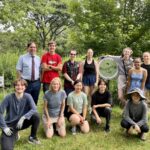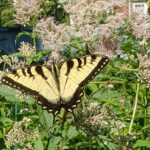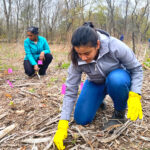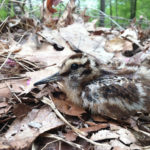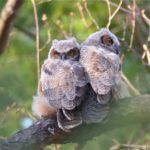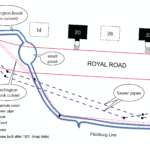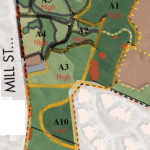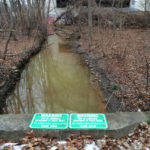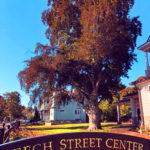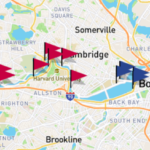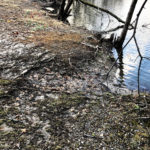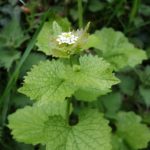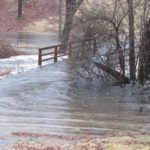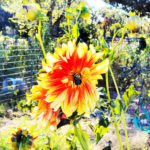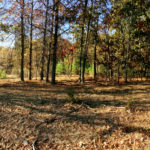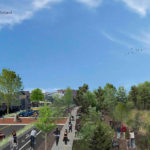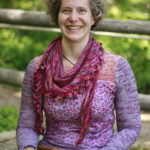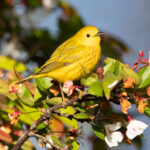
By Fred Bouchard Most of us try to cozy up to Mother Nature now that we’re increasingly climate-conscious, especially during longer days and presumably carefree hours of summer. Whether you’re in the garden, open spaces, or on woodsy walks, our home town offers a variety of eco-friendly locales to commune with Ma Nature’s little winged ambassadors. I offer four likely places, each hosting two not-obvious, strictly seasonal denizens that you might readily identify with your attentive ear and sharpened eye. We go from high altitude to low, and throw in an easily overlooked hotspot in nearby Cambridge. A good guide [READ MORE]


